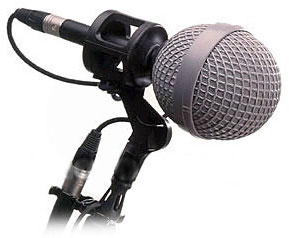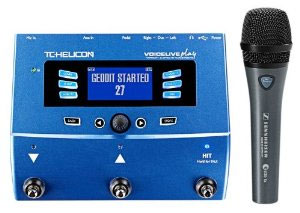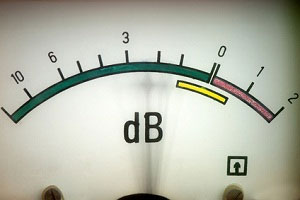
This was originally written while I was watching the 2012 US Open Tennis tournament. But I thought I’d go ahead and post it here because we’re currently watching the 2013 French Open, and I was reminded of these mics used by chair umpires. Keep an eye out for them again at the 2013 US Open [UPDATE – Yup, they made their appearance again for the 2013 US Open. though I haven’t seen them since then.]
I was going crazy trying to figure out what that large (huge really) microphone was that the chair umpires were using during the 2012 US Open Tennis Tournament. And no wonder I couldn’t find an answer – it isn’t a large mic at all! It’s a cover for the mic (any mic) called the Rycote Baby Ball Gag Windshield (yeah, sounds like something kinkier than a microphone attachment;)).
The Baby Ball Gag Windshield actually covers the capsule of a microphone to reduce the effect of wind blowing across it. The ball-shaped cover actually comes in two parts so if you need to cover a standard ball-end microphone like a Shure SM58, you can, though it is really designed for cylindrical mics like the Sennheiser MKH 416 shotgun mic.

The inside of the Ball Gag is made of the same kind of materials as the full-sized modular wind shields.
Thanks goodness I finally figure this out. I must have typed “what kind of microphone is used by tennis umpires?” a hundred times before finally looking at windshield attachments rather than the mic itself. Yay! If you have been wondering like I was, here’s your answer. Also, if you need to get one of these for your own outdoor microphone needs, you can get one for yourself. Just click here.
 Sennhesier has partnered up with TC-Helicon to create a handheld vocal mic that lest you control vocal effects with a switch on the microphone! The mic is the Sennheiser e 835 fx, and it works with TC-Helicon’s Mic Control(tm) technology.
Sennhesier has partnered up with TC-Helicon to create a handheld vocal mic that lest you control vocal effects with a switch on the microphone! The mic is the Sennheiser e 835 fx, and it works with TC-Helicon’s Mic Control(tm) technology.